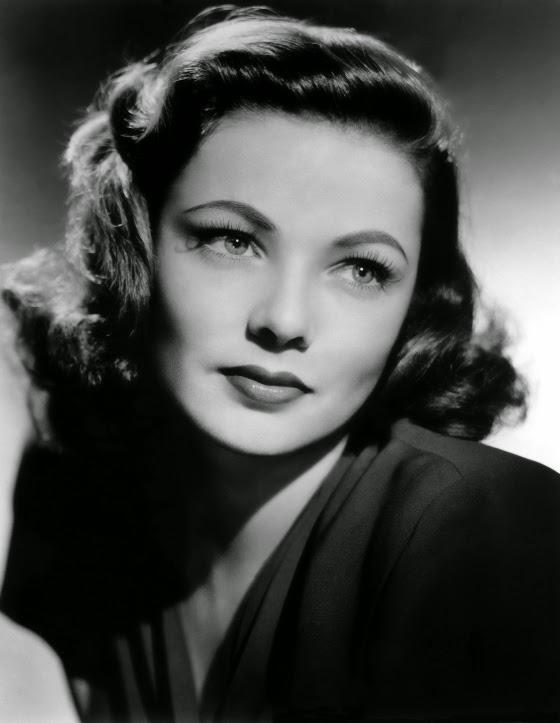Here is a video that I have shot and edited, to show the differences and effects of rembrandt, butterfly and edge lighting.
 I feel that this video is effective in portraying different lighting techniques, as short video clips give the video depth and shows the importance of lighting in different moods/scenarios. E.g. butterfly lighting was used in the 1950's and 1960's on film stars, as it was seen as more glamorous and complimentary. I added audio to my clip, as I felt it was incomplete without any sound. I converted and imported a song titled That Positive Feeling by Alumo, from YouTube. Since learning how to do this I will be using non-diegetic sound more often in other videos, as I feel it gives it something extra to the video and demonstrates my progression of using Premiere Pro.
I feel that this video is effective in portraying different lighting techniques, as short video clips give the video depth and shows the importance of lighting in different moods/scenarios. E.g. butterfly lighting was used in the 1950's and 1960's on film stars, as it was seen as more glamorous and complimentary. I added audio to my clip, as I felt it was incomplete without any sound. I converted and imported a song titled That Positive Feeling by Alumo, from YouTube. Since learning how to do this I will be using non-diegetic sound more often in other videos, as I feel it gives it something extra to the video and demonstrates my progression of using Premiere Pro.
If I were to improve on the video I would make it slightly longer and show the lighting techniques with the subject in different positions e.g. facing different ways to show the lighting is effective and can be set up accordingly. However, I am pleased with the edit, despite it being short and simple, as it was my first time using the software and learnt me the basics of editing. Editing the video together was the first time I have used Premiere Pro. I feel that after now learning the basics of the programme, I am now more confident to edit in the future, especially with the New Wave video we are to plan, shoot and edit within the upcoming weeks.
Before shooting in the studio, we researched health and safety. We ensured that everybody knew where the fire exits were in the event of a fire and were required to use them, especially as there were numerous people in a fairly small low lit room. We also made sure that there were no obstructions blocking any doors or fire exits, and a clear pathway to the fire exits were achieved. When setting the studio lights up, we made sure that they were switched off at the wall plug socket. The wires were securely wrapped around their stands, and taped to the floor to prevent anybody tripping over them, and possibly knocking a light over. The lights also get very hot if they are on for an extended period of time, so we needed to make sure that before handling/moving them, that they were in the correct position beforehand or cool, to avoid any burns.
Before shooting in the studio, we researched health and safety. We ensured that everybody knew where the fire exits were in the event of a fire and were required to use them, especially as there were numerous people in a fairly small low lit room. We also made sure that there were no obstructions blocking any doors or fire exits, and a clear pathway to the fire exits were achieved. When setting the studio lights up, we made sure that they were switched off at the wall plug socket. The wires were securely wrapped around their stands, and taped to the floor to prevent anybody tripping over them, and possibly knocking a light over. The lights also get very hot if they are on for an extended period of time, so we needed to make sure that before handling/moving them, that they were in the correct position beforehand or cool, to avoid any burns.
No comments:
Post a Comment